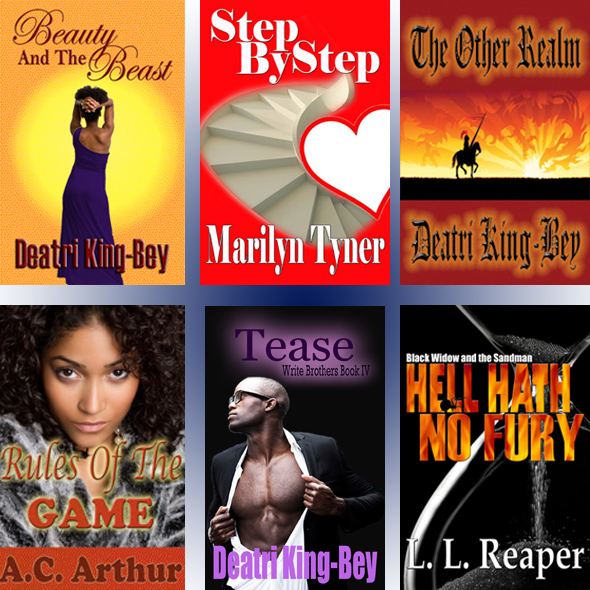 In the last three years, there has definitely been a surge in eBook sales thanks to the rise of the Amazon Kindle, NOOK, Sony Reader, Kobo, and iPads. Amazon sold at least one million Kindles a week during one Christmas season. Most readers have reported that they are reading more on their electronic devices than they have ever read before.
In the last three years, there has definitely been a surge in eBook sales thanks to the rise of the Amazon Kindle, NOOK, Sony Reader, Kobo, and iPads. Amazon sold at least one million Kindles a week during one Christmas season. Most readers have reported that they are reading more on their electronic devices than they have ever read before.
The average price to download a self-published eBook ranges from $0.99 to $9.99. However, you’re only paying for basic costs such as editing and book cover design. You don’t have to worry about the expensive cost of printing books. As a publisher, you’re definitely making more profit with eBooks than paperback ones. The royalty rate for Kindle and NOOK books ranges from 35% to 70% of the eBook price.
According to Amazon, the majority of the bestselling eBooks are priced at $3.99 or less. As a debut author, you don’t want to overprice your book. If I’ve never heard of you, I’m not likely to purchase your eBook for $9.99. Yes, it’s less than your $15 paperback, but it’s still overpriced.
You don’t want to give probable readers any reason not to buy your book, and price is definitely a determining factor when considering the works of a new author. If you already have your eBook on the market and sales are slow, you should consider lowering the price of your book. That’s a bitter pill for some authors to swallow, but a little bit of something is better than a whole lot of nothing.
Be advised, there is more to formatting an eBook than simply converting a Word file to a PDF (or vice versa). Each bookseller has different requirements. You will have to check with the website of each one to make sure that you’re meeting all of their specifics.
Here are ten general things you need to be aware of when formatting your eBook:
(1) Use a simple font such as Times New Roman
(2) Use normal 1” margin settings
(3) Do not use any headers or footers
(4) Try to avoid large tables
(5) Do not justify your text
(6) Use pre-set tabs verses the tab key
(7) Insert page breaks and section breaks (Nook) from the Page Layout menu
(8) Check the front cover dimensions for each site
(9) Photographs should be JPEG files
(10) Preview your book file after it’s uploaded
Note:
If you’re still not comfortable after reading the specific formatting guidelines, you should consider hiring someone to format your eBook. Remember, you don’t have to do everything yourself to be an independent publisher. This is just another expense to be included in your publishing budget. Check out this website for more information on converting to eBooks:
www.ebook.online-convert.com
Here are the three major websites for selling your eBooks:
(1) Kindle Direct Publishing Program
www.kdp.amazon.com,
(2) Barnes & Noble’s NOOK Press
www.nookpress.com,
(3) Smashwords
www.smashwords.com,
Smashwords can format for Kindle, NOOK, Sony reader, Kobo, and iBooks (Apple). Be careful using this site because books are easily pirated. They don’t offer the DRM (digital rights management) protection.
One thing I love about eBooks is that I can check my sales report in real time. In other words, as soon as a book is downloaded, it will be reflected within an hour on Amazon. With BN, you can keep track of the monthly totals as well as the current and previous day’s sales. It tells what titles were purchased on what day. However, Smashwords sales are not posted for at least a month.
Publishers used to print paper books first, and then print eBooks about two or three months later. Now, they’re publishing eBooks first and using that money to cover the cost of printing paper books later, if there’s a demand. With POD, you only have to print what you need or just enough to supply your demand. So, it makes sense to publish the eBooks first.
If you found this post helpful, please use the Share buttons to spread the word about it.
Don’t have a copy of Become A Successful Author? What are you waiting for?Become A Successful Author is used in the “How To Write That Novel” course at Chicago State because it covers everything from branding to writing to editing to formatting and uploading electronic and print books to marketing and so much more. Your time is money. Look at all the time, thus money, you’ll save by ending your search for answers: Purchase Become A Successful Author for only $4.99 (eBook) or $9.99(print) from: Amazon (US), Amazon (UK), Barnes & Noble



